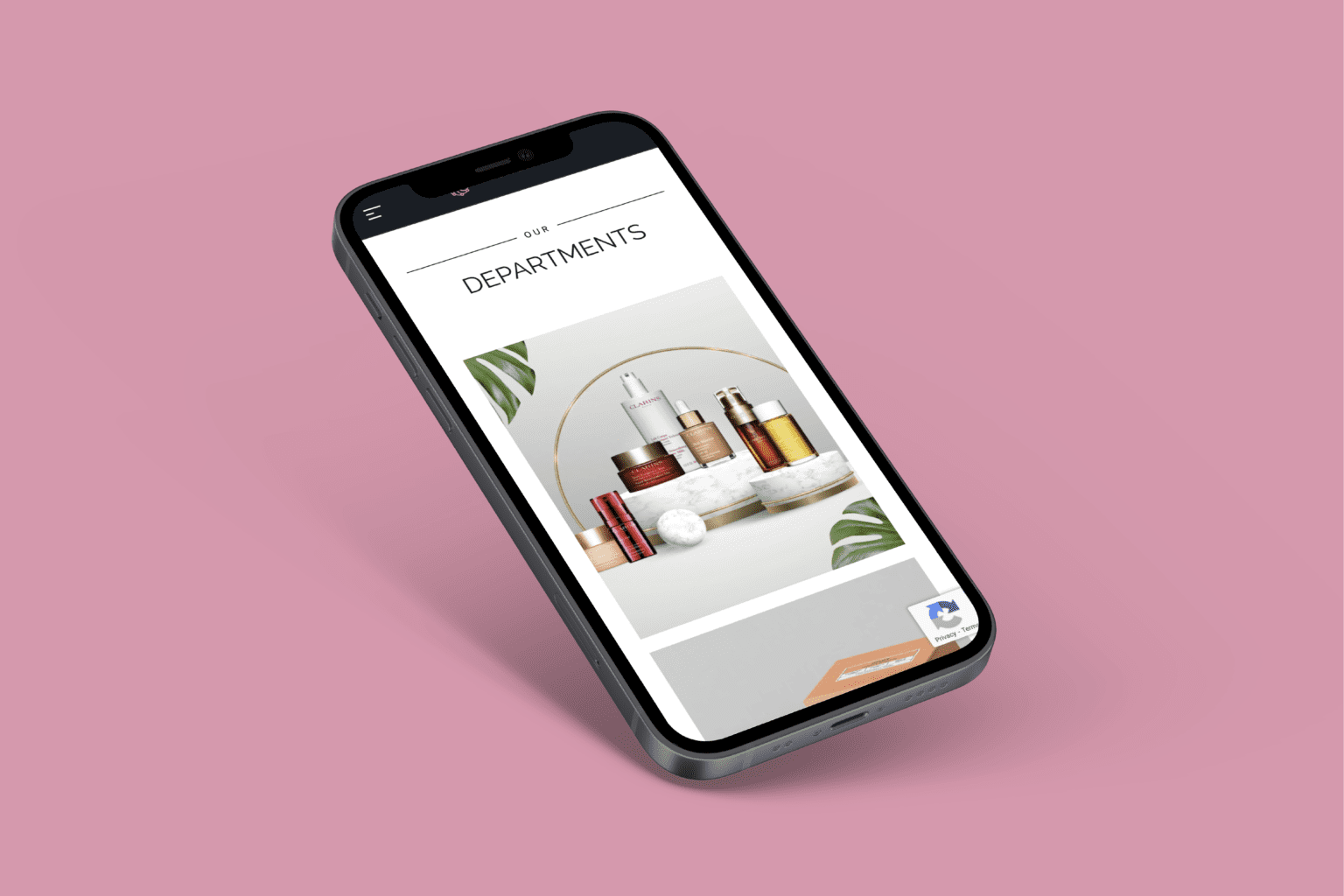In this article we will attempt to clear up the Top Ten Myths About Graphic Designers. We will go over a few misconceptions that some people have about graphic designers and attempt to debunk any negative stereotypes that may exist towards us sometimes under appreciated design folk.
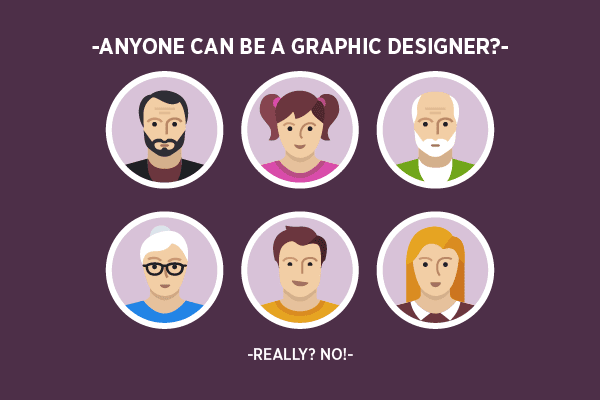
10. Anyone can be a graphic designer
Being a good graphic designer is not achieved over night. Most designers spend four or five years studying design theory in college and immersing themselves in deadline oriented design projects. College results are driven by continual assessment, so you have to be on the top of your game every single day. In my own experience the drop out level is very high in the first two years of these courses due to the high pressured and competitive environment. If you are talented and lucky enough, this is followed by a two year apprenticeship under the tutelage of an experienced creative director. It’s here you learn that ridged project deadlines mean the work day doesn’t end until the deadline is met. Also apprentice or junior level design wages aren’t hugely rewarding, so designers are driven by the love of the job and the rewarding experience of being involved in successful projects.
There is almost no escaping graphic design. In every urban landscape we are surrounded by typography, logos, colours and messages that were worked on by graphic designers. Designers are constantly saturated with the work of others. If you have a graphic designer friend then you almost certainly have been subjected to multiple design critiques of anything from takeaway wrappers to billboards. The point is that graphic designers live, breath and eat all things design. When someone says to me that my job is easy or I can get some design advice off of a friend that once picked out a set of curtains that matched a couch it’s hard not to feel a little under appreciated. If you are willing to dedicate your life to the pursuit of achieving excellence in your field, pay your dues and offer your clients the best possible ego-free service, then you can proudly call yourself a graphic designer.
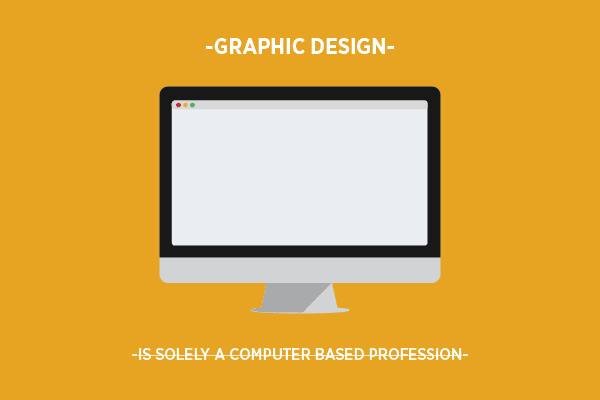
9. Graphic design is solely computer based
The computer is an essential tool of the trade, but by no means is graphic design solely computer based. Any good graphic designer will only work on the computer when they have a fully formed idea sketched out on paper. Every project begins with formulating a brief of what a client wants. This brief will set the tone of the project and ultimately be reflected in the final results. Formulating a specific brief based on the clients needs ensures that the clients requests are met with enough room for the designer to visually communicate the clients message with his or hers own distinct flair. In order to arrive at the computer stage a designer needs to follow a process consisting of research and ideas.
Research could mean anything from creating focus groups to spending a day in the library studying project related information. In order to get to the ideas stage a designer should fully understand their clients product or service. If this understanding isn’t met, then all subsequent ideas will not be fully formed. When the designer has a good grasp of the subject matter, then a significant time is spent getting ideas on to paper. This is the most time consuming aspect of any project, involving the mixture of design fair with well informed information choices. After getting these ideas on paper and picking the most successful one to the brief can a designer finally go to the computer to refine the visual language.
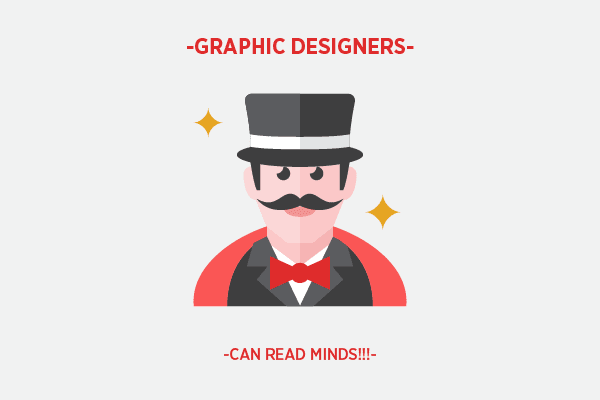
8. Graphic designers can read minds
On numerous occasions a client will approach us with the following information, “I have an exciting project, I want it to look good and be attractive to everyone, I have no more information regarding what it should look like, but I think I’ll know if it’s right when I see it”. Instantly this will be a difficult project to take on. A good designer will attempt to tease out answers on the project from a client with a series of questions. Occasionally a client will not be very responsive and the process is like extracting teeth using a spoon. It’s on these occasions that alarm bells will ring in your head. Taking on a project with a client who has a specific look in their mind and can’t share it is a gamble.
Often we will spend a lot of time trying to get as much information as we can gather from the client to form a brief. If this brief is thread bare a designer will run the risk of having an unhappy client. We will emphasise to a client that they don’t have to do our job for us, but the more information they can share the more informed the designer will be, leading to a successful project. Graphic designers can’t read minds, but we can set up a situation where we can benefit from a client’s expertise on their given product or service.
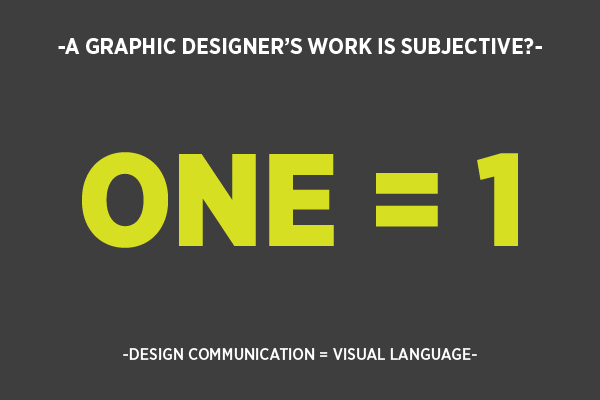
7. A Graphic Designer’s work is subjective
This is both true and false. Of course a designer is influenced by their surroundings which invariably set the tone for their personality and approach to design. However to say that a message or design doesn’t work based on personal opinion might not be the best decision. For example, I was once told by another designer of a client refusing to use the colour red for a Christmas. The clients only argument was that they don’t like the colour red. Personal preference definitely matters, it’s what makes us different and differences make us unique. However, if you are selling a season that is associated with a particular colour in order to appeal to the largest possible audience it is unwise to confuse the viewer.
Every design decision should have a meaning. Design is a visual language. Some visual decisions are better to suited to specific messages. Breaking up a message based on a uniformed decision can be detrimental to presenting your message successfully to your target audience.
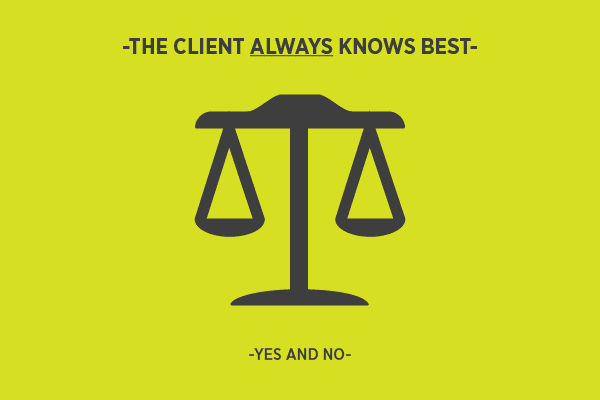
6. The client always knows best
Again, this is a complicated answer. Without clients, a designer has no job or income. Clients know their own profession better than any designer ever will. If a designer fails to tap into this wealth of knowledge they are either not very good at their job or they have a massive ego. However this argument works both ways. If a client is hiring a good designer, it is most likely because they like the designers work or the designer recommended to them. If a client fails to fully utilise a graphic designers knowledge or experience then they are sabotaging their own project. Graphic designers are their to tell a clients story in an appealing visual language that sells the client to their target audience. No decent graphic designer wants to produce sub-standard work and will work hard to communicate the message that they create is trying to convey.
If a client fully trusts a designer then the project should be a collaborative process. It is in this situation that the designer is fully informed and in a better position to make the client happy by creating work that will garner new business for the client.

5. Graphic Designers are in it for a quick buck
Being a graphic designer is a profession laden with contrasting emotions. There are extreme highs when your work is successful and very seldomly there are extreme lows when a client questions the monetary value of your work. Most clients do not know how much effort is involved in creating a logo or website. We are constantly approached by people who feel that paying one-hundred Euro for a custom designed logo that on average will take at least twenty hours to complete is reasonable. This lack of understanding often leads the assumption that we are earning good money for doing nothing. This is simply untrue. From my own experience, I will often work a considerably more amount of time over the allotted quote in order to keep the client happy. This is sometimes not the best business practice, but in design you are only as good as your most recent work. If you are occasionally prepared to put in an extra amount of work to make a client happy it is worth it in the long run.

4. Graphic Designer’s don’t need a formal design education
This is a contentious issue amongst a lot of creative people. Most people will assume that because someone can draw, that they can be a graphic designer without any formal education or training. Most designers will spend at least three years in college learning about design theory and engaging in design projects. An understanding of colour, typography, printing and the web are just some elements of design that need to be understood in order to be a good designer.
Hiring someone with no formal education or proper design experience is basically employing an unskilled person to communicate your business to the public and expect good results. In college or as a junior apprentice, a designer learns a specific set of rules that are the principals guidelines of graphic design. It is only when a designer has learned these rules, can they break them based on an understanding of how to use the visual language.
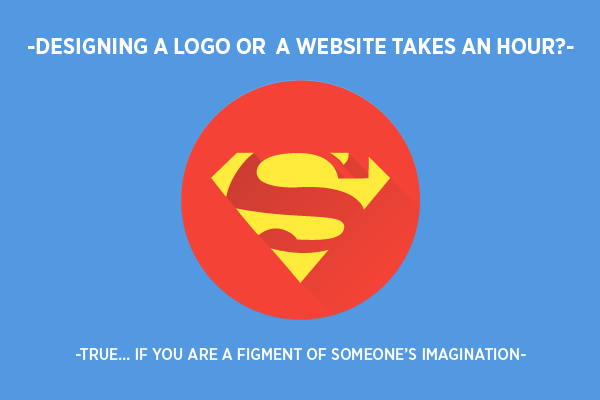
3. Designing a logo, print material or a website takes about an hour
Expecting a custom logo or website in an hour is not being realistic. Creating a custom logo, website or any other design related project is a complex process. Projects like these involve the formulation of a brief, research of the subject matter, the implementation of ideas and the room for further design tweaks based on client feedback. This process cannot be completed in an hour and any graphic designer that says it can either has a time machine or is not producing original work.
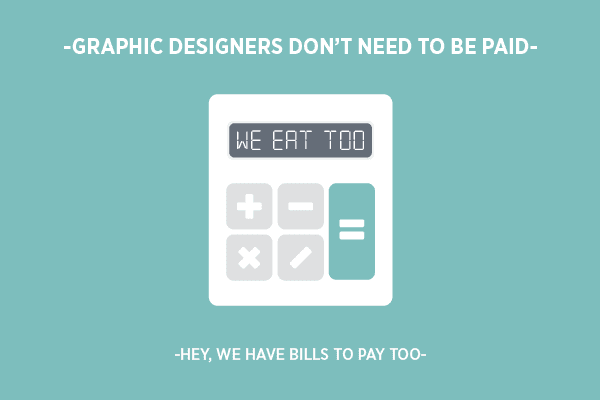
2. Graphic Designers don’t need to be paid
A common misconception that a lot of graphic designers find with some clients is that we don’t need to be paid. As with most professions, graphic designers have over heads that need to be paid. Office rates, rent, electricity, employees, web hosting, hardware and design specific software all cost a small fortune to pay. The misconception that designers only need to pay for a computer and everything else is free is alarmingly high, especially when negotiating a fair quote on a labour intensive project.

1. The simpler the design, the less it costs?
Often the best original ideas seem to be the most simple to comprehend. We regularly meet with some brilliant entrepeneurs that tell us about their business ideas. I have lost count with the amount of times that I thought that the ideas was so clever and simple that it must have been done before. The same can be said for an original design that communicates a message clearly and concisely while also provoking interest through the design aesthetic. So while a design might appear simple, it does not mean that the thought gone into the idea took less time to come up with.
For any more information regarding the Top Ten Myths About Graphic Designers or any other information on our services feel free to call Opus Creative on +353 (21) 242 8689 or email us on hello@opuscreative.ie


